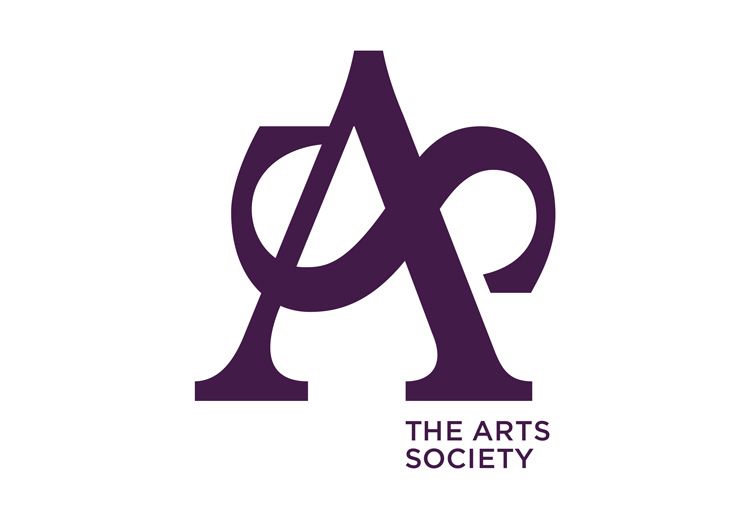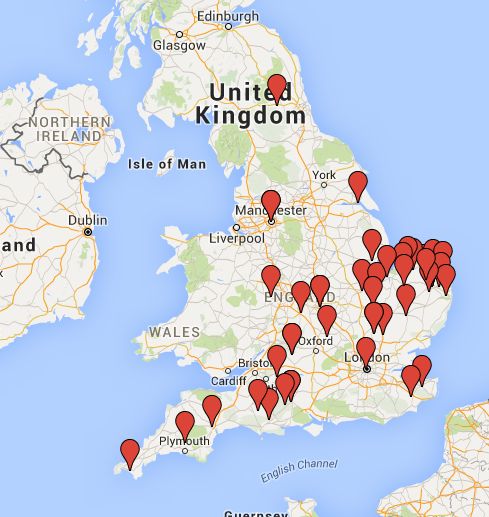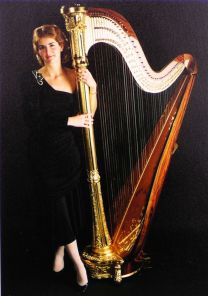 |
The History of the
harp
From Mediterranean
Antiquity to 20th century Europe
Using illustrations from carvings,
wall paintings, pottery, mosaics, sculpture, stained
glass, illuminated manuscripts, and 18th and 19th century
art, Sarah traces the history of one of the world's most
ancient and beloved musical instruments from thousands of
years BC, to it's arrival in northern Europe, including
the huge developments and improvements during the
Rennaisence and 19th centuries that created the highly
mechanised and beautiful instrument we see played in
orchestras and as solo instruments today. Performing on
her own reproduction and antique instruments, Sarah will
demonstrate the development and evolving sound and
repertoire of the harp throughout it's history.
|
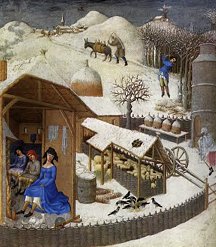 |
'Singe we Yule'
A musical portrait of a Medieval Christmas
Using
illustrations from illuminated manuscripts, readings from
literature and contemporary accounts, and the haunting
songs, carols and lively dance tunes of medieval England,
Sarah brings alive the spirit of a Medieval Christmas- a
time of joy and celebration for some, but hardship and
suffering for others. With extracts from literature and
manorial household accounts, she pieces together life in
a medieval manor house at Yuletide. In addition to her
reproduction medieval harps, she adds plucked psaltery,
hurdy-gurdy, hammered dulcimer and gemshorn to the
musical mix, performing carols, music and readings for an
atmospheric and musical seasonal celebration.
|
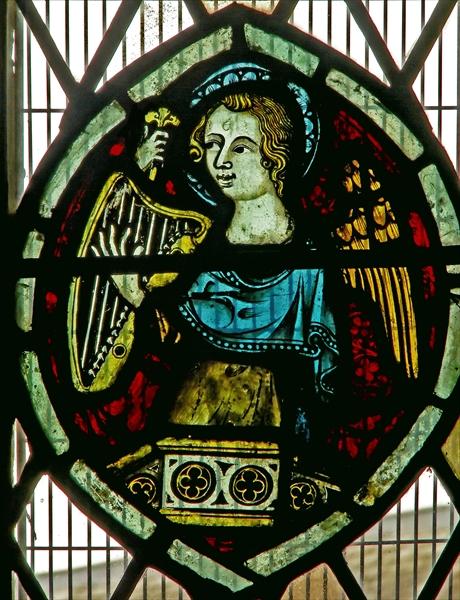
|
'Soft Angelic
whispers' - The hidden history of the English
Medieval Harp.
Many
people around the world today believe the harp to be an
exclusively 'Celtic' instrument and are unaware of it's
considerable presence in England since the 10th century.
This lecture describes the many illustrations Sarah has
collected over 20 years, from stone and wood carvings,
illuminated manuscripts, stained glass and wall
paintings. With the aid of the many references there are
in literature and household accounts of the time, Sarah
reveals the hidden history of this delightful instrument,
and using her own reproduction medieval harps performs
music and songs from medeival England.
|
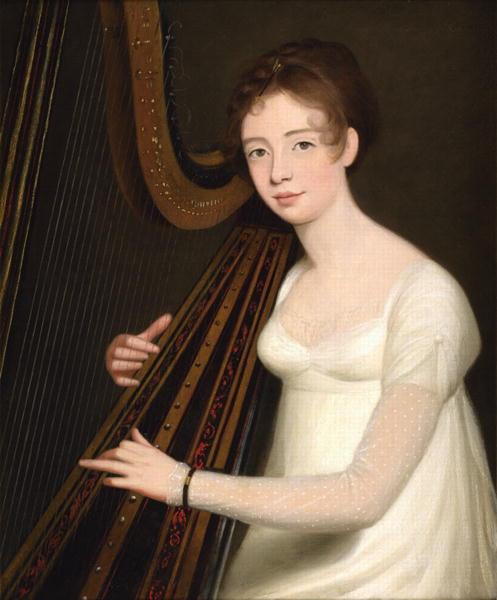 |
'Thy Trembling
Strings' -The 19th century harp and harp-lute.
Using
her own restored Regency pedal harp and the music of some
forgotten English 19th century harpists, Sarah explains
how the development of the double action pedal mechanism
in 1810, lead to an explosion of popularity in the harp,
which is further illustrated by the many beautiful
portraits of Regency ladies with their harps, revealing
how fashionable and elegant it was considered in England.
Sarah's research has also lead her to discover the lost
English Regency instrument the Harp-Lute, invented for
harpists to use on their 'grand tour' but was abandoned
by 1840. Sarah performs authentically on two of her
restored harp-lutes as well as here original Erat Pedal
Harp using original repertoire she has uncovered from
museums, libraries and private collections.
|
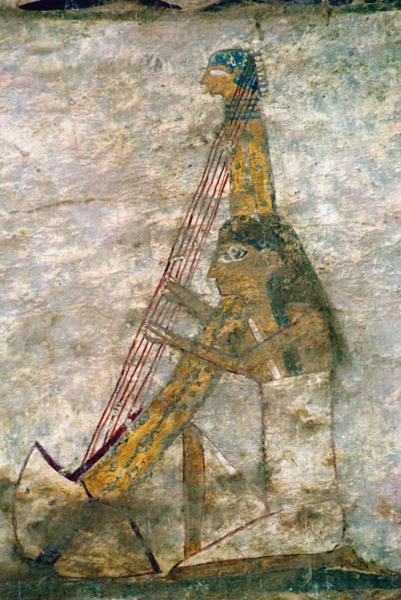
|
The Ancient Harp
From Mediterranean
Antiquity to the early European Middle Ages.
The
ancient classical world is full of images of early types
of harp, from the elegant bow-shaped harps of ancient
Egypt, the right-angled harps of Mesopotamia and the
quadrangular harps of ancient Greece. Using illustrations
taken from wall paintings, sculpture, mosaics, pottery,
and stone carvings, Sarah explains the fascinating
history of these intriguing instruments and their
journeys East along the Silk Road to Asia, and Northwards
into Europe. Using her early medieval harp Sarah is able
to explain the structural development of these early
harps, and speculate how the triangular shaped harp which
was born in Greece, came to arrive in the British Isles,
where it has been cherished ever since.
|
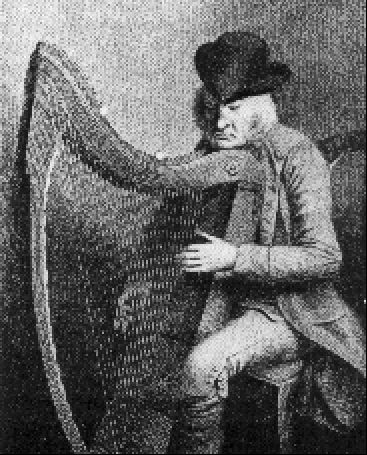 |
The history of the
'Celtic' harp
The
fascinating story of the history and development of the
harp in Ireland, Scotland, Wales and Brittany, how it
differed from harps and their music in England and the
rest of Europe, and how it evolved into a symbol of proud
identity with political significance. Sarah illustrates
this lecture with live music and songs on medieval,
Regency and modern Celtic-style harps.
|
